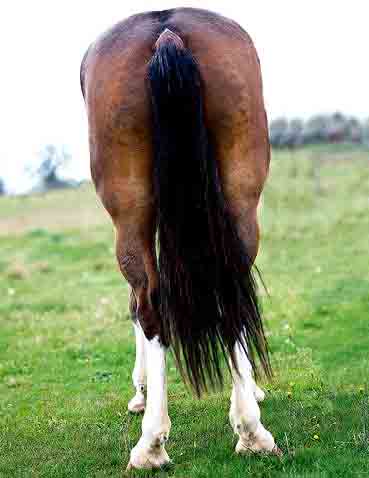
[Source: Howard Fischer, Capitol Media Services/Arizona Daily Star] — The decision by lawmakers last month to take funds from the parks system means some will be closed later this year, the director of the agency said Thursday. The only question that remains, Renee Bahl said, is which ones. Bahl said the system, which already gets no direct taxpayer dollars, is being crippled because of the legislative action to take away a chunk of the funds they get from other sources. That includes not only the fees paid by those who go to the parks but also special funds raised, such as assessments on registration of boats and off-road vehicles. The bottom line, she said, is that her agency will have $7.5 million to spend rather than the $19 million it had planned for the fiscal year that began last July 1.
Bahl said she will make specific recommendations to the board on which parks to close in two weeks. But she outlined the criteria her staff will use — criteria that are likely to be bad news for the smallest and least-used of the parks. One of the most important, she said, is which make money or, at the very least, don’t lose a lot. Bahl said that makes the most sense, as the cash from those parks might eventually be enough to reopen one or more of those shut down.
Topping the list of money producers is Kartchner Caverns, near Benson, followed by Slide Rock and Lake Havasu state parks. Catalina State Park, north of Tucson, brings in about $193,000 more a year than it costs to operate. But the parks system also is populated with sites that bleed red ink. Topping that list is Tonto Natural Bridge near Payson, where costs exceed revenues by $541,000. Red Rock State Park at Sedona operates on a $190,000-a-year loss, with six-digit deficits at Tubac Presidio, Picacho Peak, Homolovi Ruins, and the Riordan Mansion in Flagstaff.
Bahl said, though, that the board will have to consider other factors when deciding which parks should be shut down. “There are one-time costs like fencing, or if we needed to add a security system to a building or board something up,” she said. “And we’re still going to need to keep an eye on it after that, checking it both for fire hazards and seeing if there’s any trespassing.”
Several board members, given the news, lashed out at lawmakers for taking the funds, even after being told at hearings last month that it will mean shutting parks. “We have people in the Legislature who don’t believe state parks should exist,” Tracey Westerhausen complained. She said the best thing that those who want the parks system could do is go out this year and elect different people.
Board Chairman Reese Woodling said the parks bring in more in tax dollars from visitors to communities than the cost. He said that message seems lost on lawmakers. But board member Arlan Colton said it’s not that they don’t understand. He said that, facing a multibillion-dollar deficit, “I don’t really think they give a horse’s patootie” about the effect of taking a couple of million dollars from the parks system.
Woodling said he and Bahl spoke with Gov. Jan Brewer earlier this week. He said the governor, who signed the legislation authorizing taking the money, was sympathetic but offered no answers. “I’m just sick to my stomach,” he said. Brewer had no choice but to approve raiding the funds, said her spokesman, Paul Senseman. “The Legislature has been unable to muster enough support for a deficit-reduction plan,” he said.
But Senseman said Brewer is unwilling, at least at this point, to endorse the recommendation of a task force she formed to create a “sustainable” park system: put an optional $15 surcharge on the registration fees for all vehicles in this state. The fees would raise enough to keep the system operating, with motorists who paid the extra cash getting free admission all year to every state park. “The governor believes it ought to be discussed in a very serious fashion,” Senseman said of the recommendation. [Note: To read the full article, visit Which Arizona state parks will close?]


You must be logged in to post a comment.